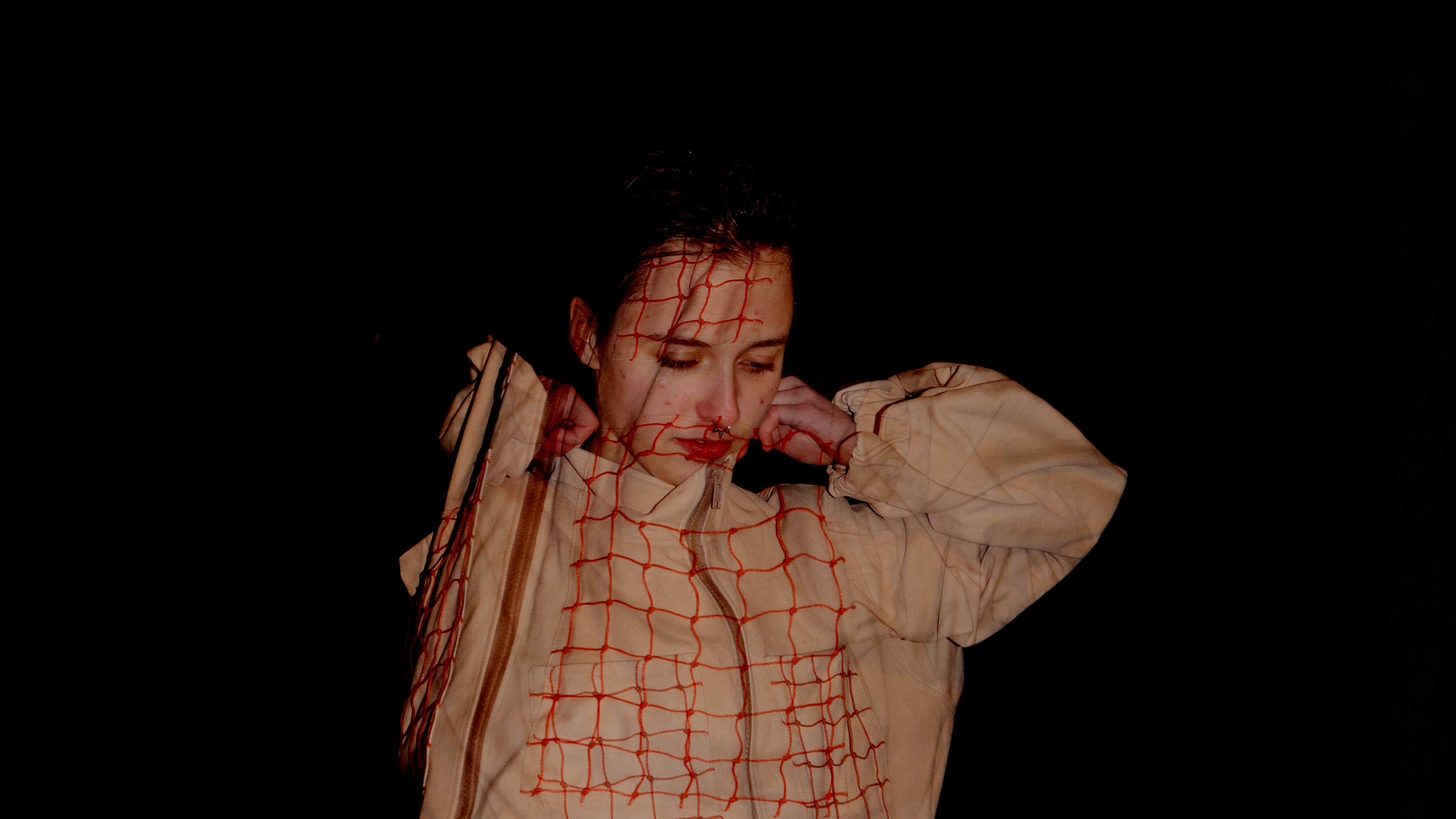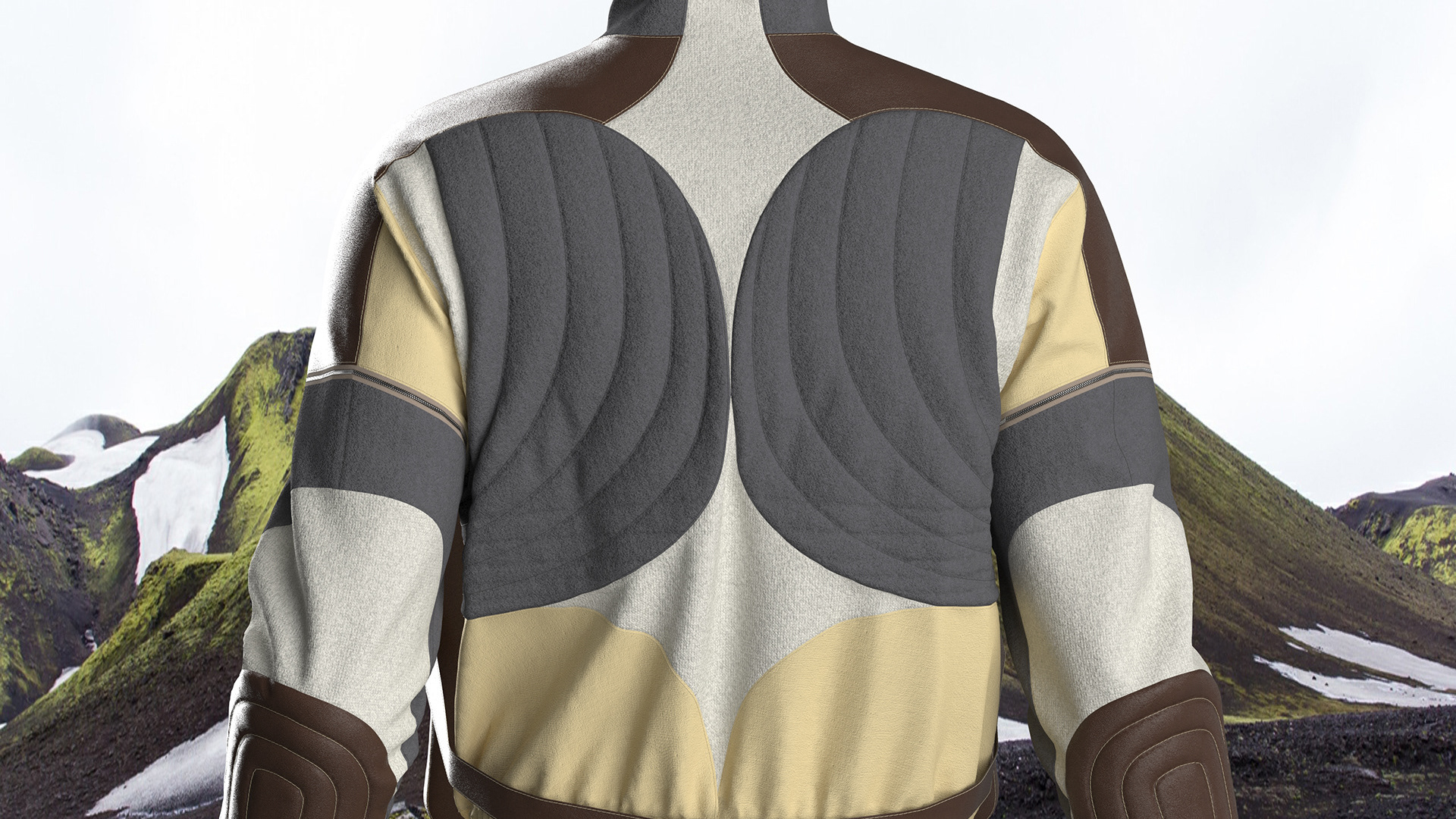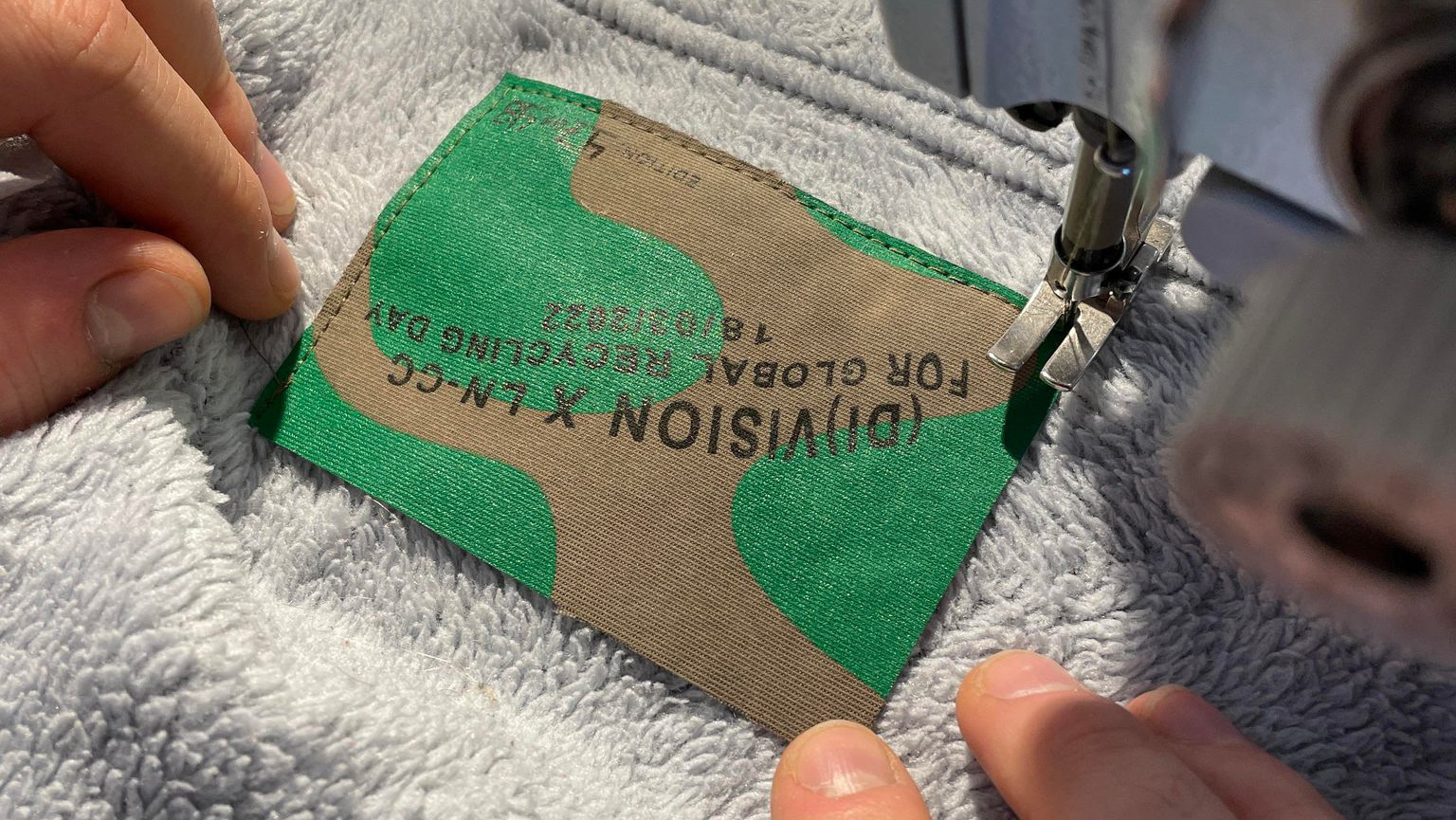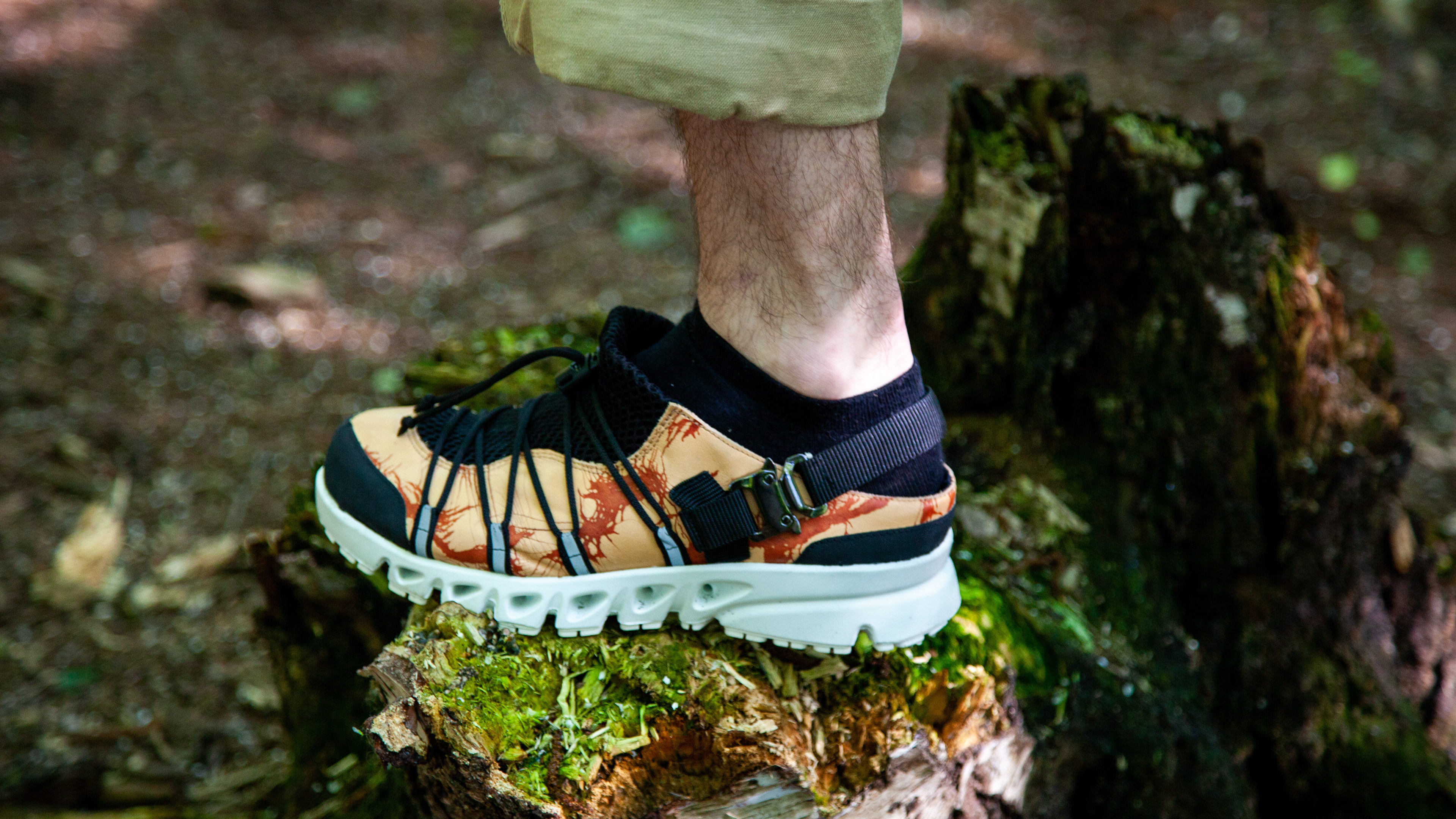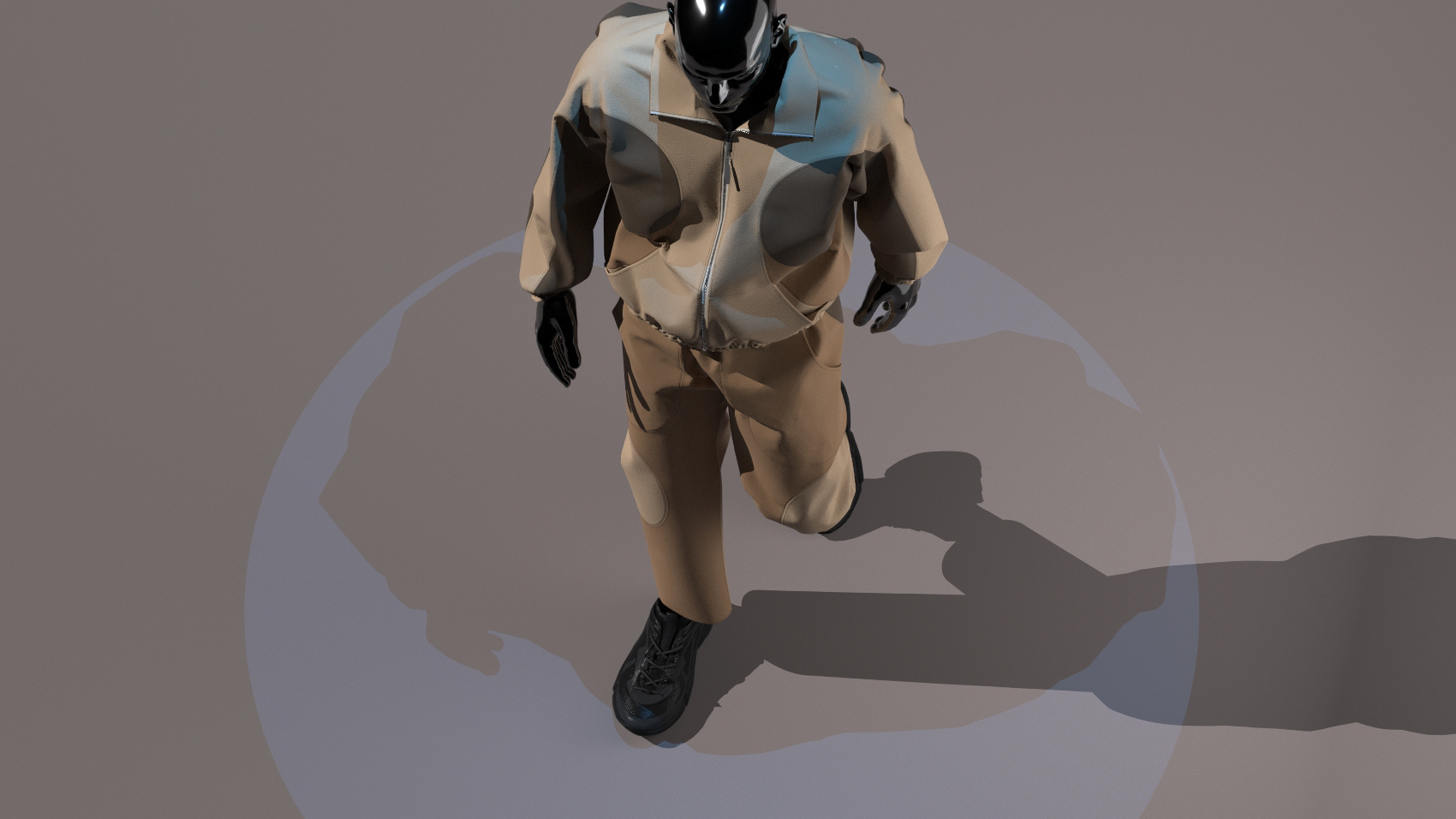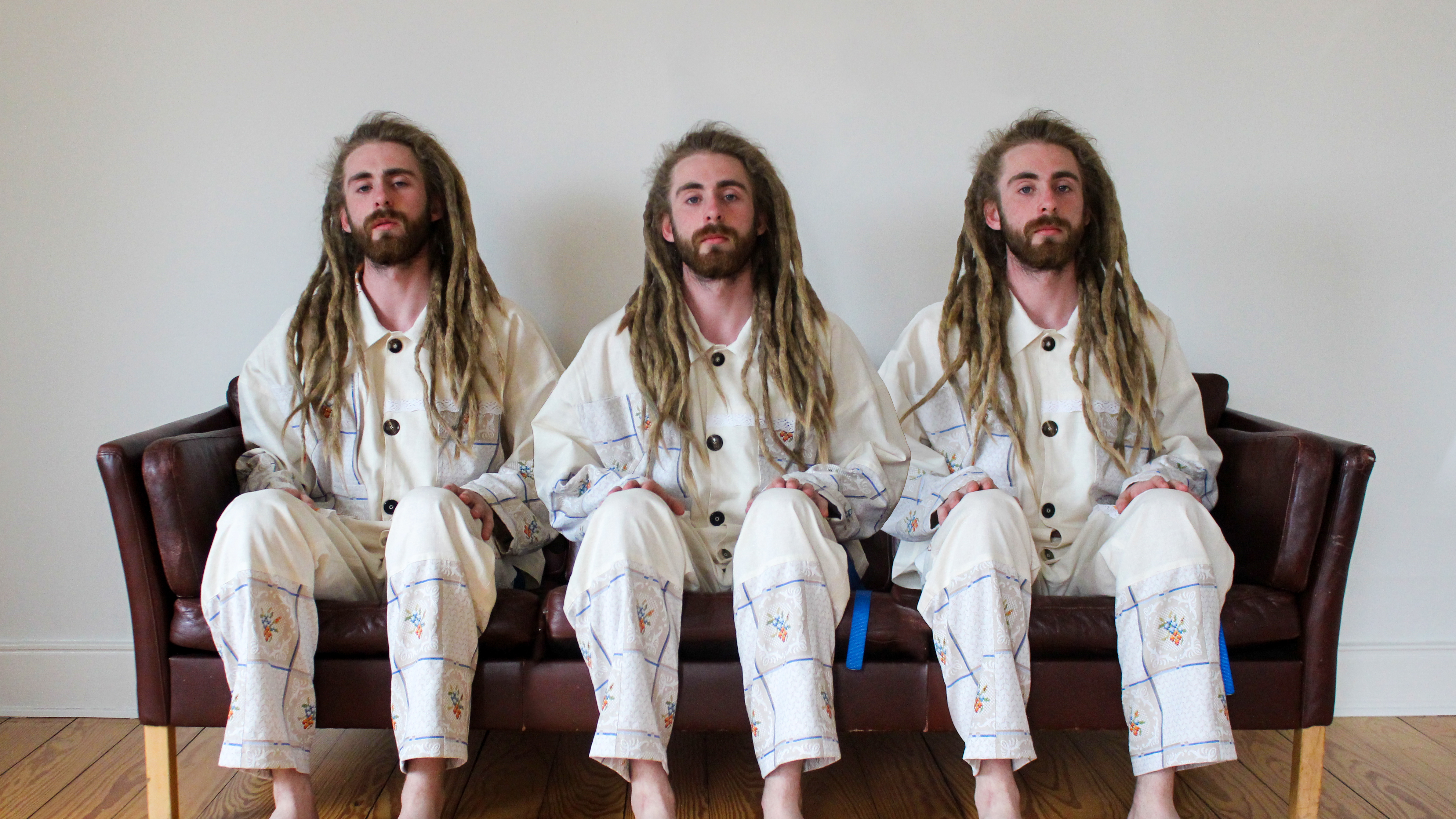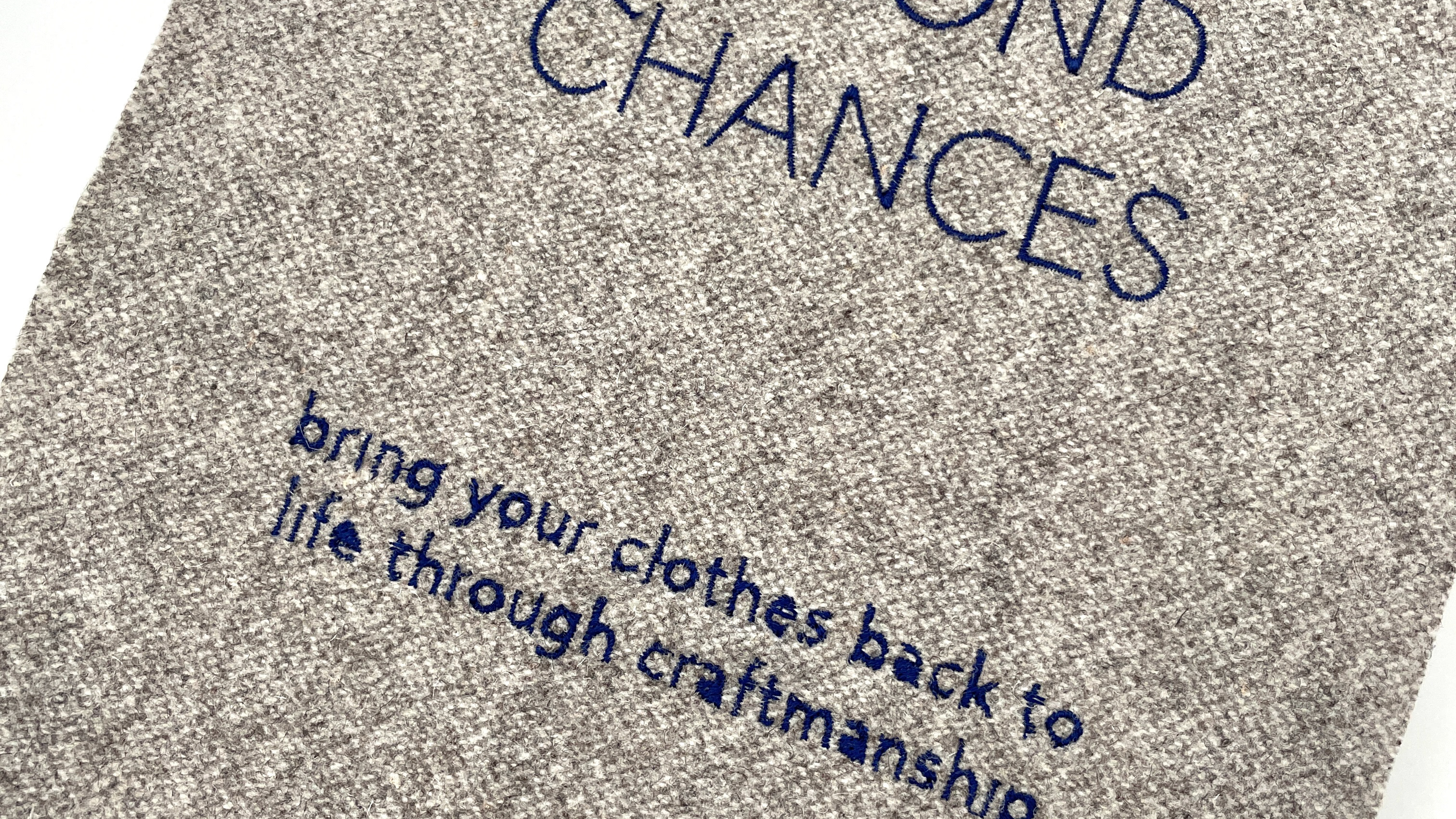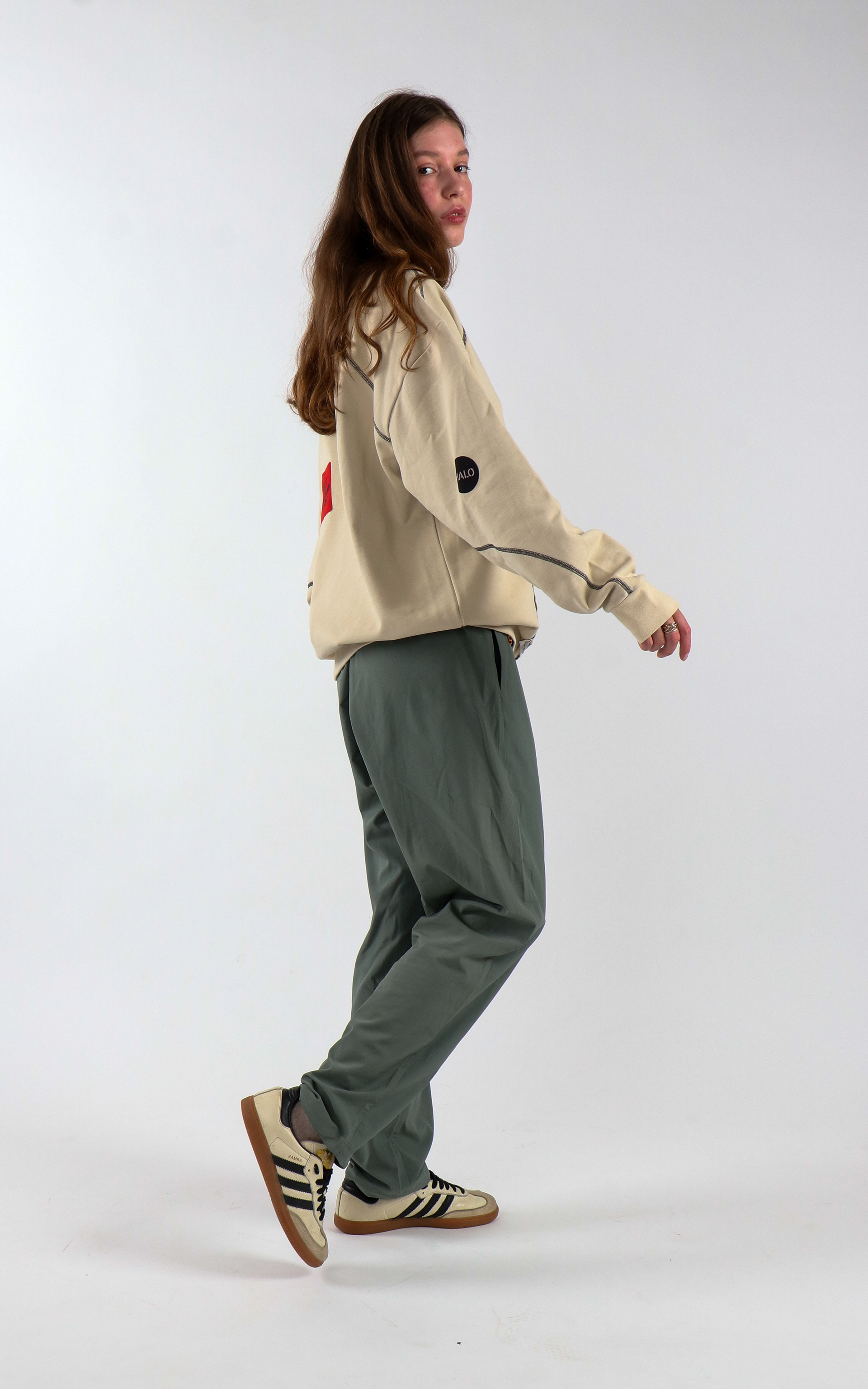
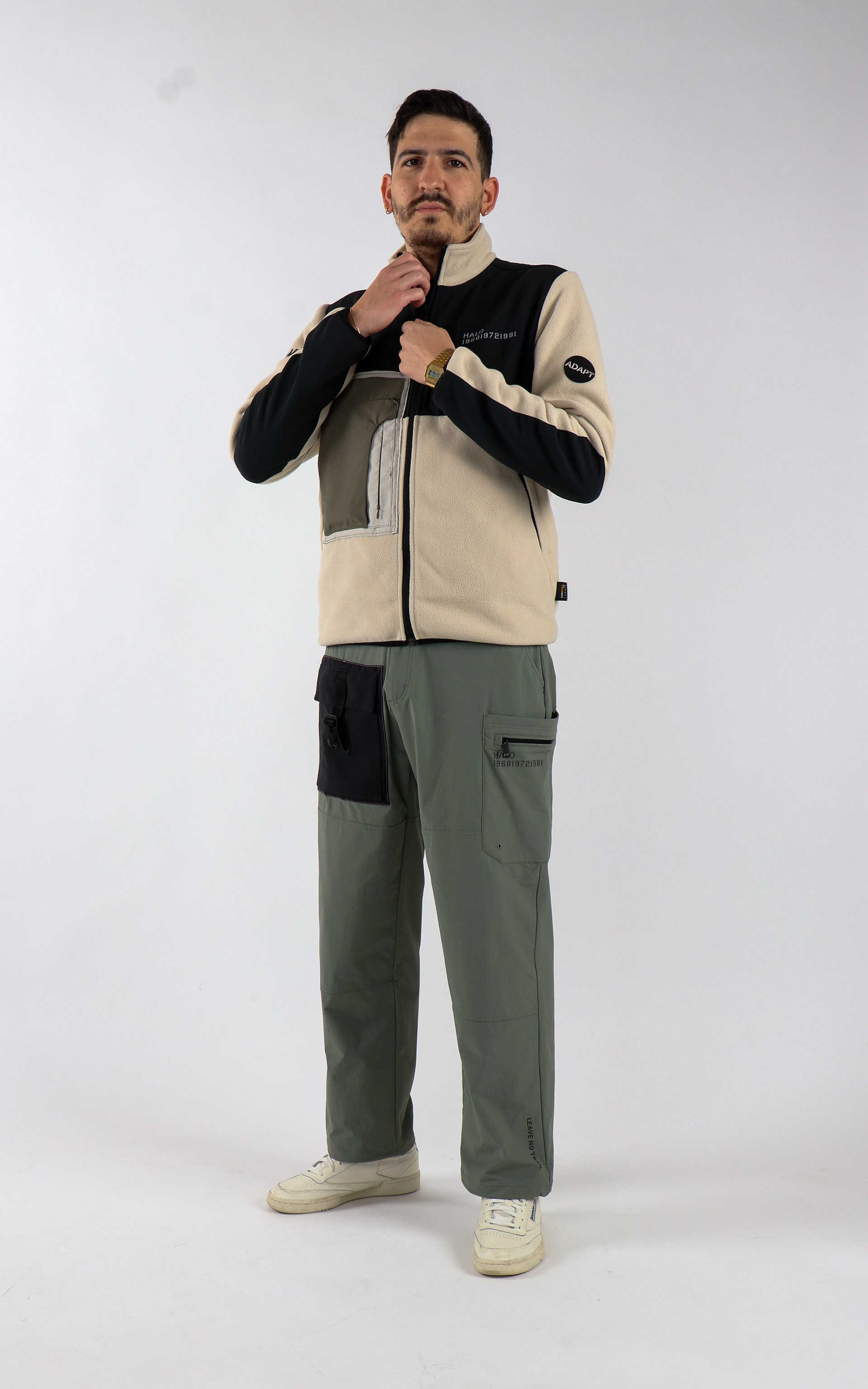




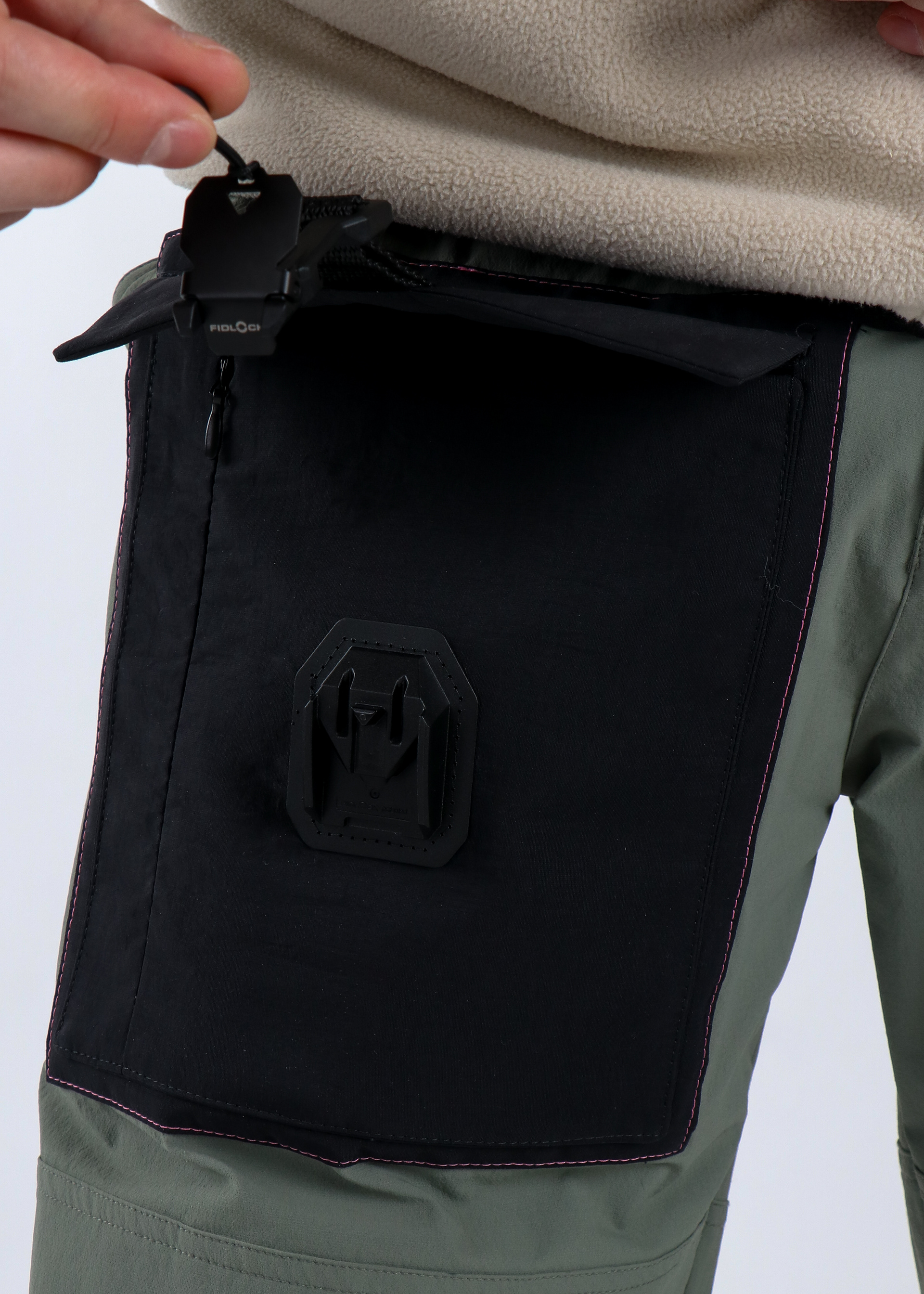

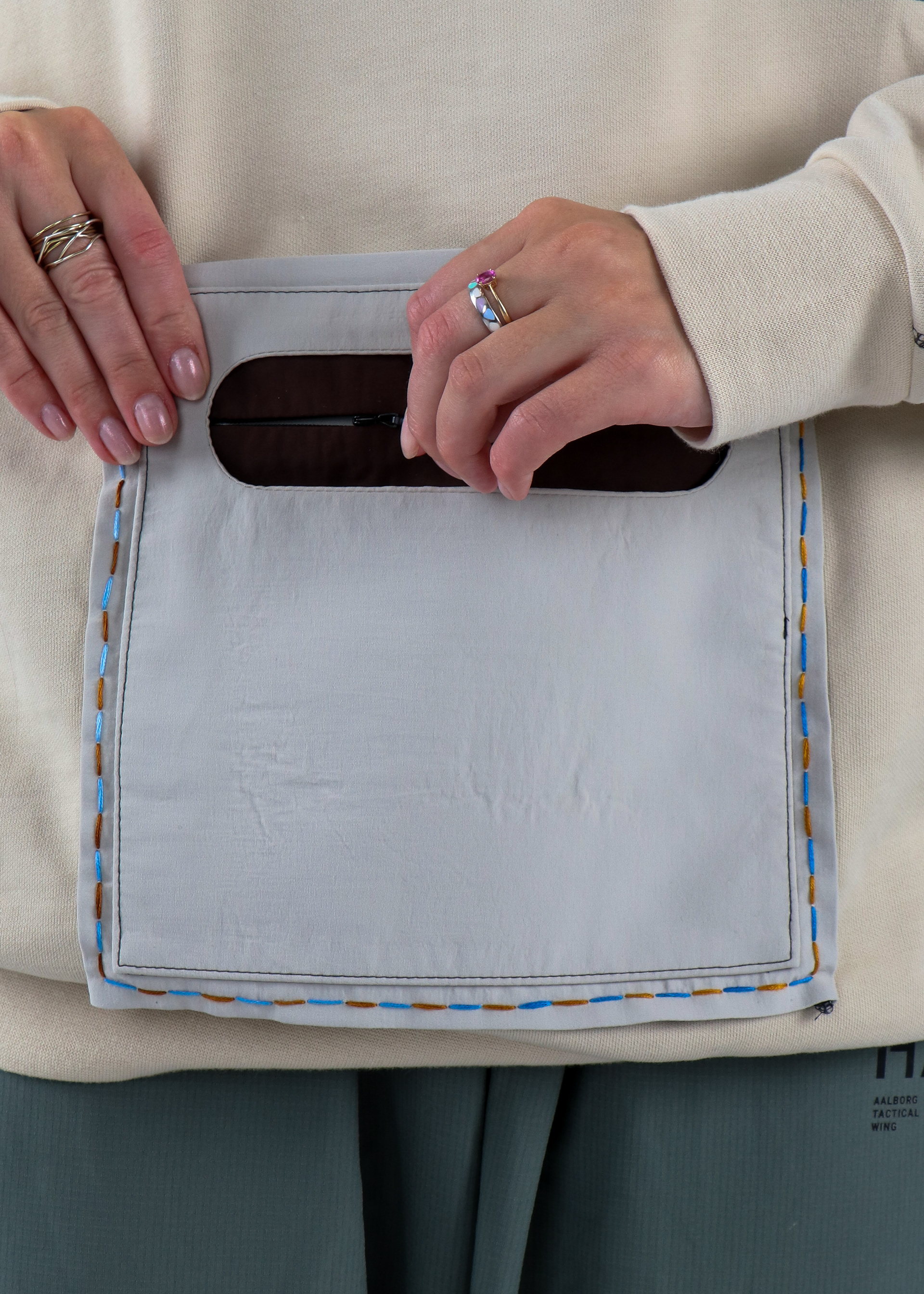


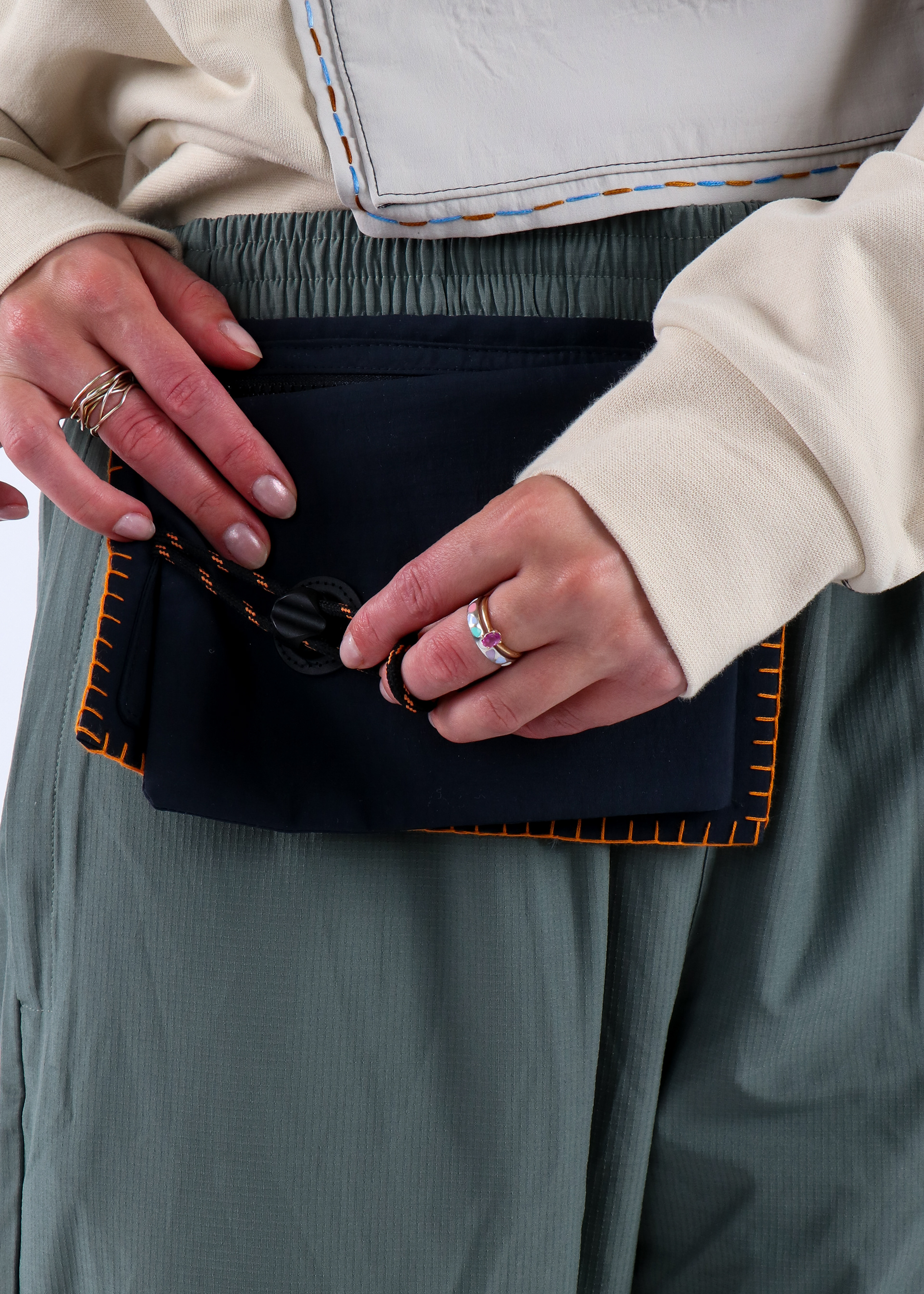

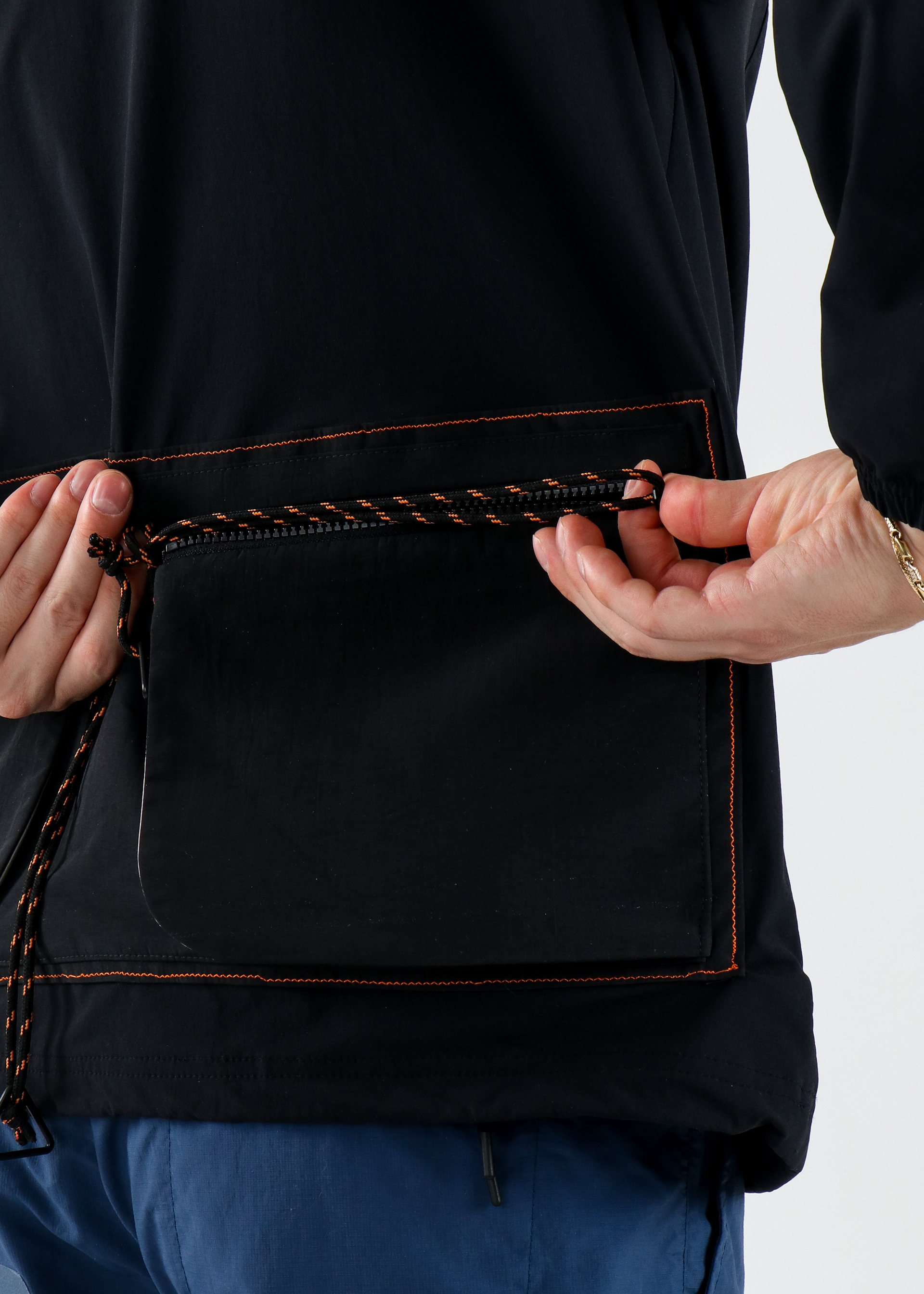
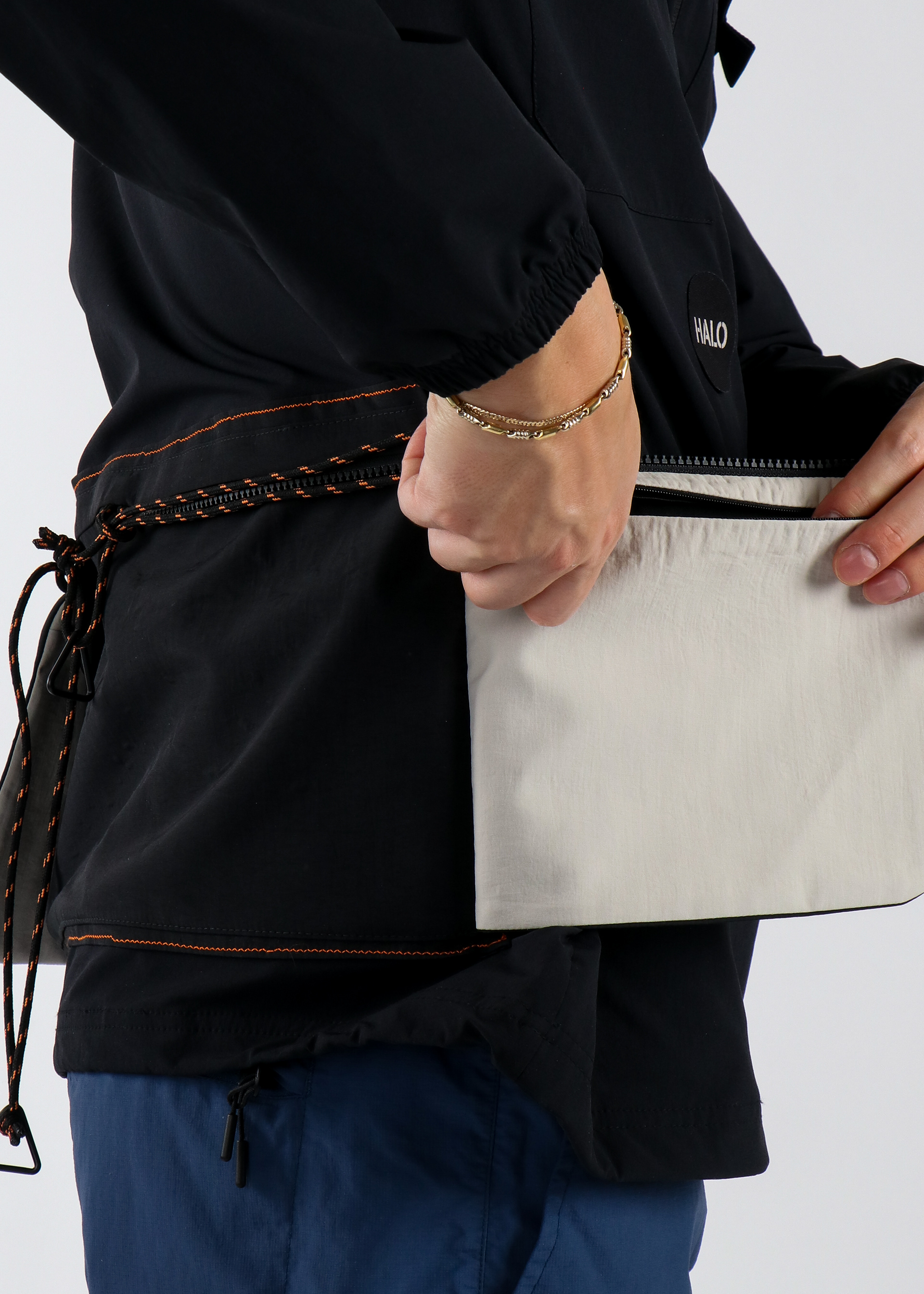

For my master’s thesis project, HALO_LAP, I focused on extending the lifespan of clothing by designing modular add-ons that are both functional and aesthetic. The goal was to promote sustainability by making repairs and upgrades more appealing and accessible to consumers. Using leftover materials from HALO's production, I created patches and functional embellishments that could replace damaged areas or add personalized details, encouraging users to maintain and cherish their garments for longer.
A key element of the project is the HALO_LAP chatbot, which guides users through the repair process. It begins by recommending repair options for damaged clothing, encouraging the use of HALO_LAP modular patches. If manual repair isn't preferred, the chatbot suggests specific HALO_LAP products to creatively enhance garments. Finally, if repair or upgrades aren’t feasible, the chatbot provides personalized recommendations for new HALO products tailored to the user’s preferences.
This system integrates functionality, sustainability, and personalization, fostering a deeper connection between consumers and their clothing, while helping HALO build long-term relationships with customers through sustainable fashion practices.


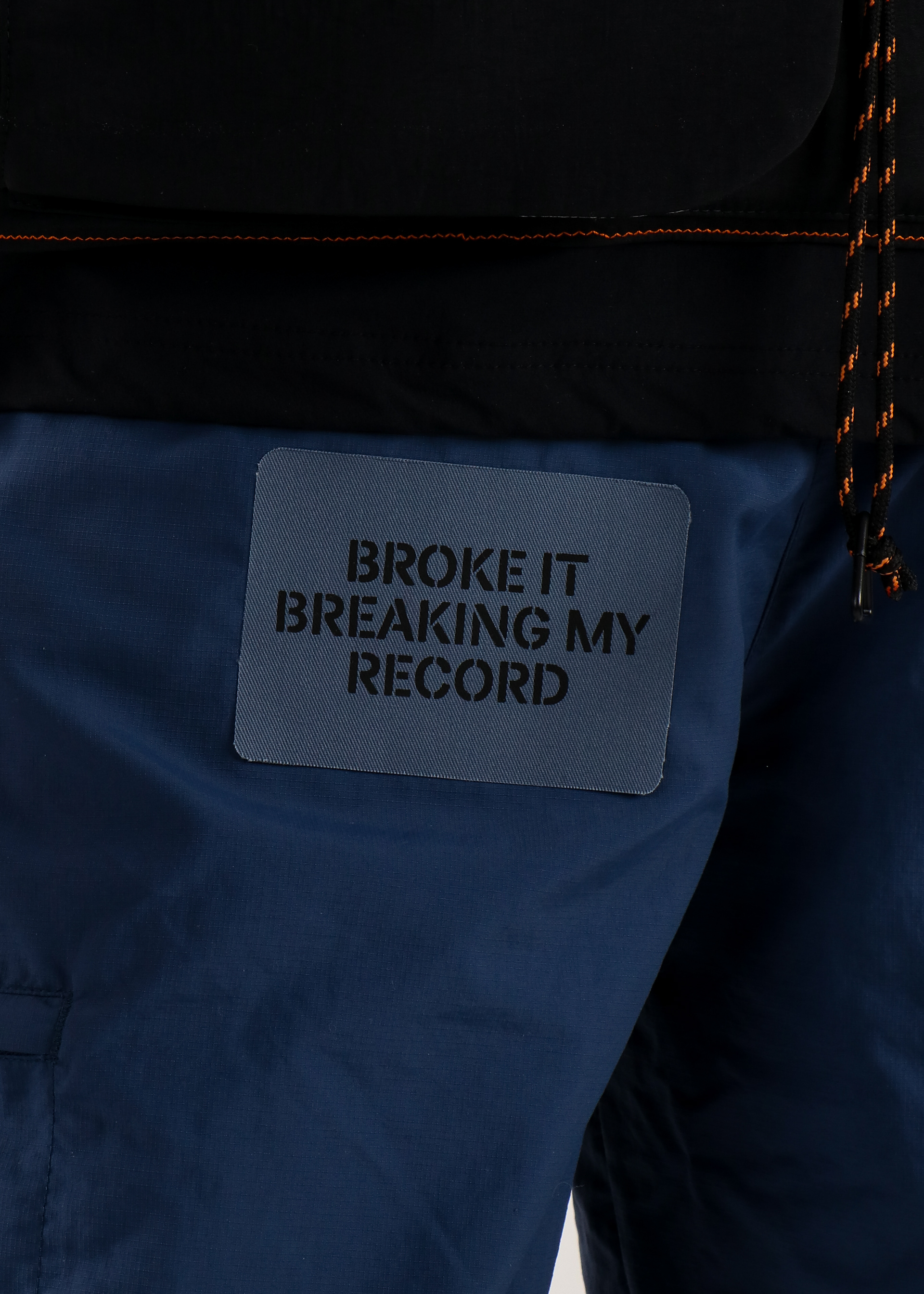

Most users follow a linear approach to clothing: we buy, wear, damage, and eventually discard. With HALO_LAP, my goal is to break this cycle by rescuing garments that are damaged or out of style, offering them a second life through repair and upgrades, encouraging longer and more frequent use.
To create the best possible products, I wanted to understand the types of damage users typically encounter. Each instance of damage is unique, often requiring a tailored repair approach. However, I categorized the damages into two main groups:
Long-term damage, which occurs gradually through extended use (right).
Sudden damage, which happens unexpectedly and without warning (left).
Sudden damage, which happens unexpectedly and without warning (left).
Natural movement is key to both functionality and comfort. The design focused on how arms and hands move in daily activities, ensuring full mobility without strain. Pockets and other elements were positioned for optimal accessibility, considering size and angles for ease of use. This approach ensures HALO_LAP designs are both functional and ergonomic, allowing for natural, effortless movement.
HALO_LAP bot - How does it work?
1. Call for repair:
When the user mentions damaged clothing, HALO-bot first recommends repair.
When the user mentions damaged clothing, HALO-bot first recommends repair.
2. Encourage to buy HALO_LAP products:
If the user does not want or cannot repair their clothes, HALO-bot suggests HALO_LAP products.
If the user does not want or cannot repair their clothes, HALO-bot suggests HALO_LAP products.
3. Encourage to buy new from HALO:
If the user does not want HALO_LAP products, HALO-bot suggests new HALO products based on the user’s preferences and needs.
If the user does not want HALO_LAP products, HALO-bot suggests new HALO products based on the user’s preferences and needs.
(The chatbot was created with ChatGPT 4o)
In the workshop, four participants with varying sewing experience tested the HALO_LAP modular repair system. The goal was to assess ease of use and creative freedom. Following a simple guide, participants applied patches and upgrades to garments, finding the process intuitive and customizable. Feedback was positive, highlighting how HALO_LAP makes repairs accessible and engaging, allowing users to personalize and extend the life of their clothing.
The HALO_LAP website serves as a hub for users to explore modular garment repair and upgrades. It provides product info, pricing, and application guides, along with suggestions for customizing clothing. Users can share their projects through a hashtag system for inspiration and can either apply patches at home or seek professional help.
